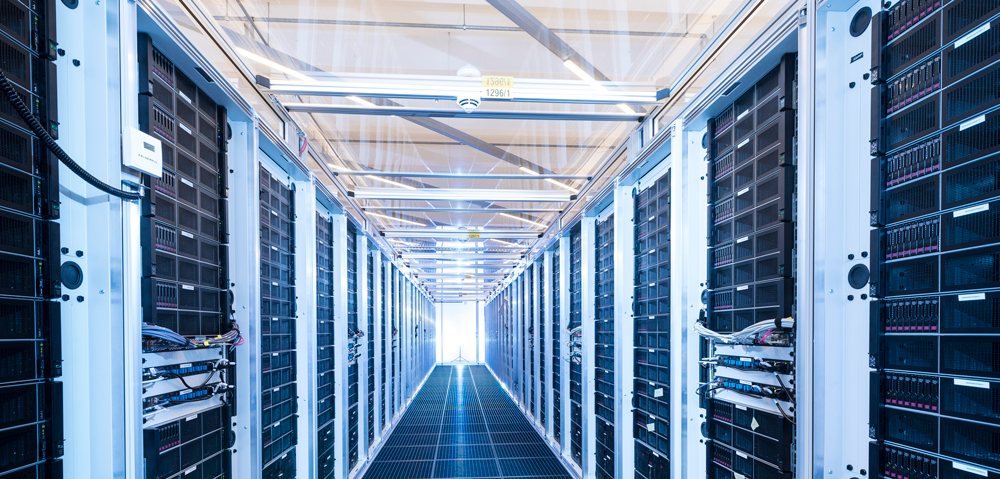BMW Group first started research into its vision of a car that could drive itself back in 2000, and just six years later a BMW was following the racing line around the Hockenheim circuit without human assistance for the first time.
Since 2011, highly automated test vehicles from the BMW Group have been driving on the A9 motorway between Munich and Nuremberg. And as part of the CES in 2014, the BMW Group gave a demonstration of highly automated driving at the limits of performance on the Las Vegas Speedway.
These are just a few of the milestones notched up by the BMW Group as it progresses toward highly and then fully automated driving. BMW is convinced that autonomous driving will have a decisive impact on personal and sustainable mobility in the future.
Today’s driver assistance systems, such as Driving Assistant Professional in the new 3 Series, form an important building block on the road to highly automated driving. The next objective has already been clearly set out: In 2021 the BMW Vision iNEXT will become the first model from BMW to offer a Level 3 system as an option.
This system will enable drivers to delegate the task of driving to the car for longer periods of time when driving on the motorway at speeds up to 130km/h (81mph). At the same time, a fleet of test vehicles will begin work in late 2021 with the aim of testing out Level 4 functionality in large-scale trials conducted in defined urban environments.
The launch of the new High Performance D3 platform represents a key milestone on the roadmap to highly and fully automated driving. The ‘D3’ in the new IT platform’s name stands for Data-Driven Development, and Data-Driven Development is an indispensable tool in securing the safety and reliability of the Level 3 system.
The BMW Group has been applying the Data-Driven Development approach for a couple of years now. The basic principle is rooted in the assumption that the only way of mapping the complexity of traffic situations encountered is to gather vast quantities of data.
The first step in the process is to collect around 5 million kilometers of real-life driving data from the test fleet vehicles. From this data, two million kilometers of the most relevant driving scenarios and environmental factors are then extracted.
The relevance of the data collected is continuously improving thanks to the way in which qualitative data is selected using data qualification/filtering. These two million kilometers of driving data subsequently undergoes regular reprocessing as development progresses. This happens whenever a new control unit integration level (I-level) becomes available, in order to evaluate the new I‑level’s increase in performance.
This qualified 2 million kilometers of data is constantly expanded by a further 240 million kilometers of simulation-generated data, which is primarily based on the relevant driving scenarios and ensures that the immense diversity of real-life driving is taken into account properly during development.
The reprocessing of the 2 million real-life kilometers and 240 million virtual kilometers requires a high-performance data platform of over 230 petabytes storage capacity and the computing power of more than 100,000 cores and more than 200 GPUs.
The D3 platform was completed in the space of a few months, in function, on time and on budget. It is sited just a few kilometers away from the BMW Group Autonomous Driving Campus in Unterschleißheim near Munich. The close proximity was an essential part of the plan to transfer the enormous quantities of data from the Campus to the platform via cable.
When production development for autonomous driving got underway at the BMW Group, one thing was certain: the tremendous challenges involved in the development of a secure platform for highly and fully automated driving could only be overcome by teaming up with the leading technology partners in the various disciplines.
In the case of the D3 platform, this partner is DXC Technology. The core component of DXC’s work is to setup and run the data center and to develop applications with the objective to support the autonomous driving development process.
The digital solutions from DXC put the BMW development teams in a position to collect, store and manage the data from vehicle sensors – and make it available for the requisite AI training – in a matter of seconds.
Using a single platform for data storage, processing and AI training lowers the hardware and software requirements, thereby reducing costs and complexity. Data can be gathered globally but monitored centrally. This has the effect of maximizing efficiency and cutting costs.
The Autonomous Driving Campus is a state-of-the-art center that covers every base when it comes to offering greater capacity for innovation and increased development efficiency – and ultimately securing the company’s future sustainability.
In autumn 2017 the first group of engineers moved into the new building, which celebrated its official opening in April 2018.
“We want to play a leading role in the development of safe autonomous driving,” said Klaus Fröhlich, board member at BMW responsible for development, at the time. “We are pursuing this goal with great diligence and systematically establishing the necessary framework along the way. One of the milestones is our Autonomous Driving Campus.”


